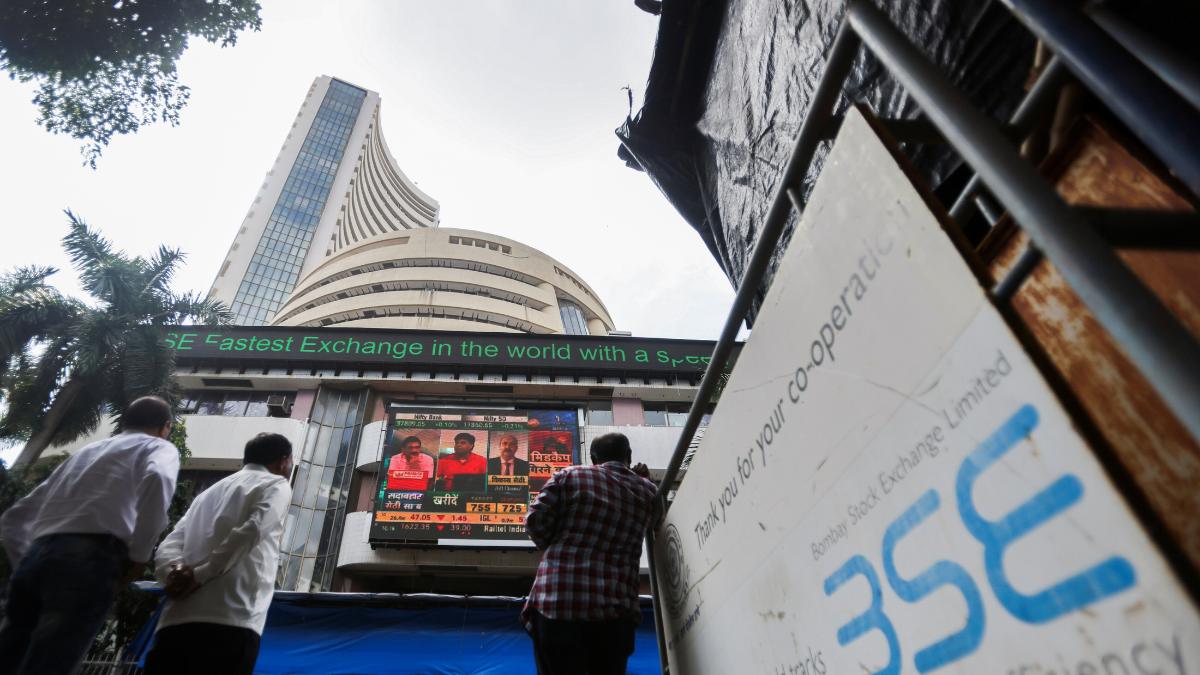A sharp sell-off in the mid-cap and small-cap space on Tuesday — the most in 2023 — cut short the euphoria in the markets.
The Nifty MidCap 100 plunged 1,274 points or 3.07%, the worst since the 3.76% slide on December 23, 2022. The Nifty SmallCap 100 fell 532 points or 4.1%, the most since the 4.72% fall on December 23, 2022.
Even the benchmark Nifty, which touched an intra-day high of 20110.35, closed short of the 20,000-mark in a volatile session.
Investor Vijay Kedia said that certain sectors like defence and railways have seen a ‘euphoric valuation’. Given that the universe is large and different names will show different trends, he said valuations are unreasonable in some pockets, and justified in others. “The froth created in the markets could last for another 2-3 months, but investors should be wary of jumping the bandwagon,” he said.
He added that new investors entering the market now could find it tricky, and it would be prudent for them to invest via mutual funds.“Investors should be calm when the market is euphoric, and get euphoric when the market is calm. However, they usually do the opposite. When we speak mid-caps, we refer to over 5,000 stocks; not just 50. Certain pockets will have euphoria, and certain pockets will have value.”
The crash comes one day after a Kotak Institutional Equities (KIE) report that pointed out there aren’t many fundamental reasons for the stunning run by mid-cap and small-cap indices in recent months, with sentiment largely driven by heavy inflows and the huge number of new retail participants. Calling the exuberance of investors ‘irrational’, KIE said it was dropping its recommended mid-cap portfolio citing the “lack of too many stocks beyond the BFSI space offering a decent potential upside to the 12-month fair value”.
KIE added that most of the traditional favourites of institutional investors in the broader ‘consumption’ sector were laggards in the ongoing rally, thanks to weak demand. Despite that, valuations of these firms have touched historic highs on account of earnings cuts. Consequently, there remains the risk of lower profitability and lower valuation multiples due to weakening business models.
BHEL was the top loser among mid-caps, diving over 10%, followed by Tube Investments, which fell over 9%. Among small-caps, both Cochin Shipyard and Rail Vikas Nigam lost over 10%.
“Volumes on the NSE were the highest in many weeks, as a broad-based sell-off led to bottom fishing by some. Broader market indices fell much more than the Nifty even as the advance decline ratio dipped sharply to 0.18:1.00. The broader market sell-off has dented sentiment. While Nifty may not fall much in the near term, the broader market indices may take time to find a bottom. Nifty could remain in the 20,110-19,865 band in the near term,” said Deepak Jasani, head of retail research, HDFC Securities.

